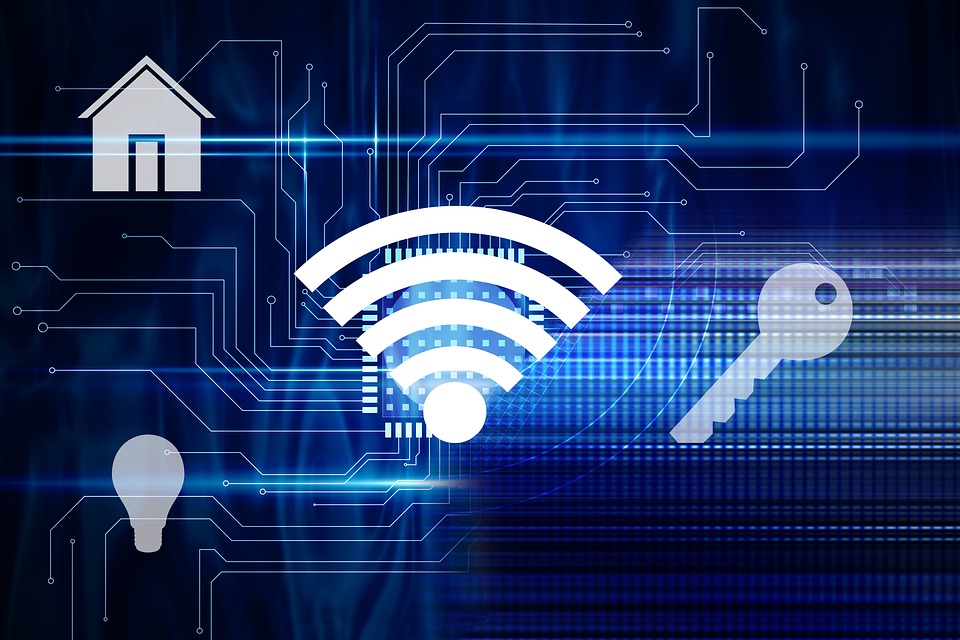With data theft steadily on the uptick, it’s in every household’s best interest to take precautions against assorted cyber threats. While there are many steps you can take to keep cybercriminals at bay, few are more effective than securing your home’s wireless network. If unsavory characters are able to find their way onto your network, the consequences can range from compromised personal information to full-blown identity theft. Fortunately, keeping unwelcome guests off your home network doesn’t have to be costly, difficult or time-consuming. In the quest to secure your home’s wireless network, the following pointers are sure to come in handy.
Alter Your Router’s Admin Credentials
Most routers come with pre-loaded usernames and passwords. More often than not, the same admin credentials apply to specific models, and in some instances, every router from a specific manufacturer will have the same pre-set credentials. Unsurprisingly, this can make it very easy for cybercriminals with a little bit of tech know how to get into your router’s admin menu and mess with security settings.
You can remedy this problem by manually changing your router’s admin credentials. As an added precaution, you can limit what types of devices are allowed to access the said menu. For example, you can prohibit the menu from being accessed on wireless devices, the preferred tools of many cyber criminals. If you’re unclear on how to perform these steps, consult your router’s owner’s manual or the manufacturer’s website. Dependable network monitoring tools can also prove helpful in this endeavor.
Conceal Your Home Network
You can keep your home network off the radars of cybercriminals by turning it into a hidden network. The exact mechanics vary from router to router, but this typically entails blocking your router from broadcasting its SSID, thus preventing it from sending an identifier. As a result, only devices that currently have the necessary connection data stored will be able to connect to the network. This can prove somewhat cumbersome when you purchase a new wireless device or have a guest who wishes to connect to your Wi-Fi. Luckily, temporarily broadcasting your SSID can quickly remedy both of these issues.
Be Cautious With Your Password
When it comes to the handling of your network password, you can never be too careful. For starters, you’ll need to create a password that’s impossible to guess. You can do this by opting away from common expressions and turns of phrase. Instead, you should aim to create as random a password as possible. Secondly, be very careful about who you share your password with, and make a point of changing it on a semi-consistent basis.
Let it never be said that cybercriminals aren’t resourceful. These individuals are often adept at penetrating security apparatuses, getting their hands on sensitive information and covering their tracks. With new cyber threats popping up one after another, it behooves anyone who values safety and privacy to take preventative measures. Securing your home’s wireless network can go a long way in keeping you and your family safe from the machinations of tech-savvy crooks. When looking for ways to beef up your network security, take care to consider the previously discussed tips.



